OnePlus 7 review: The champion of cheap and cheerful
Little change year on year, but the OnePlus 7 is still the best value for money
All the important specs are here, quality display, snappy processor and long battery life, but as always, OnePlus is the champion of cheap and cheerful and its 7th-generation phone offers an unparalleled value for money.
-
+
Cheap; Long battery life; Snappy processor
-
-
Uninspiring design; No IP rating

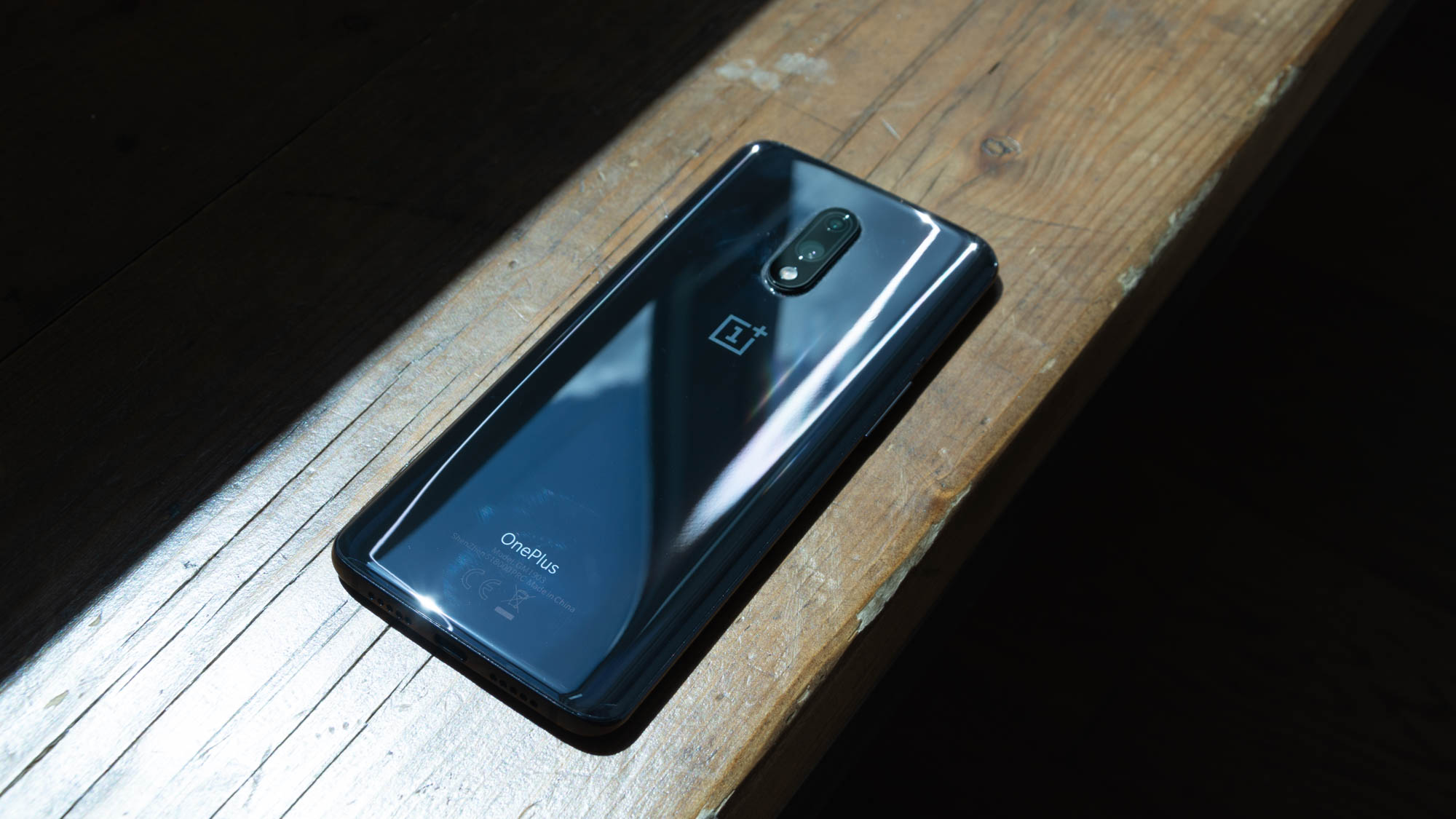
OnePlus7
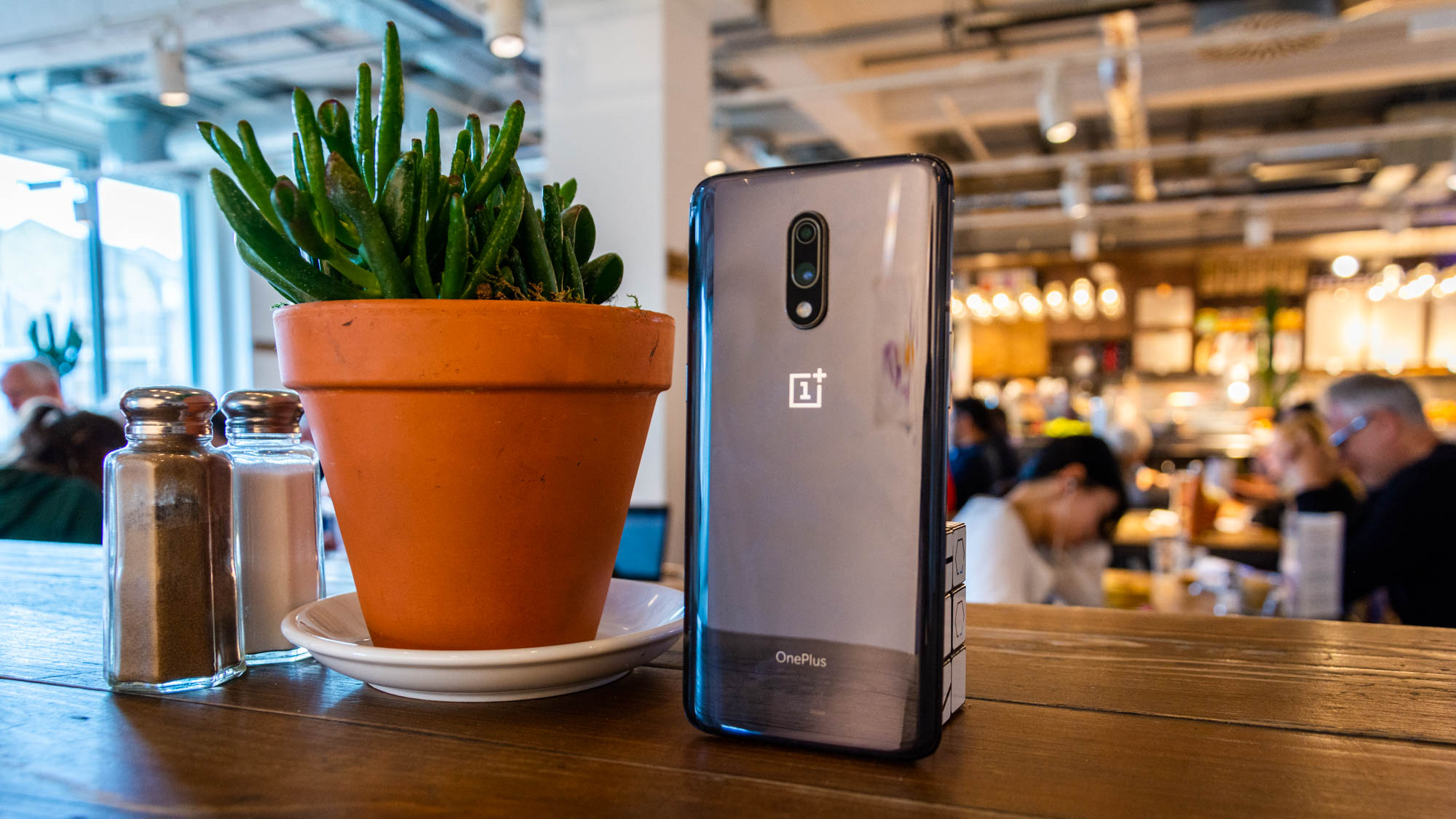
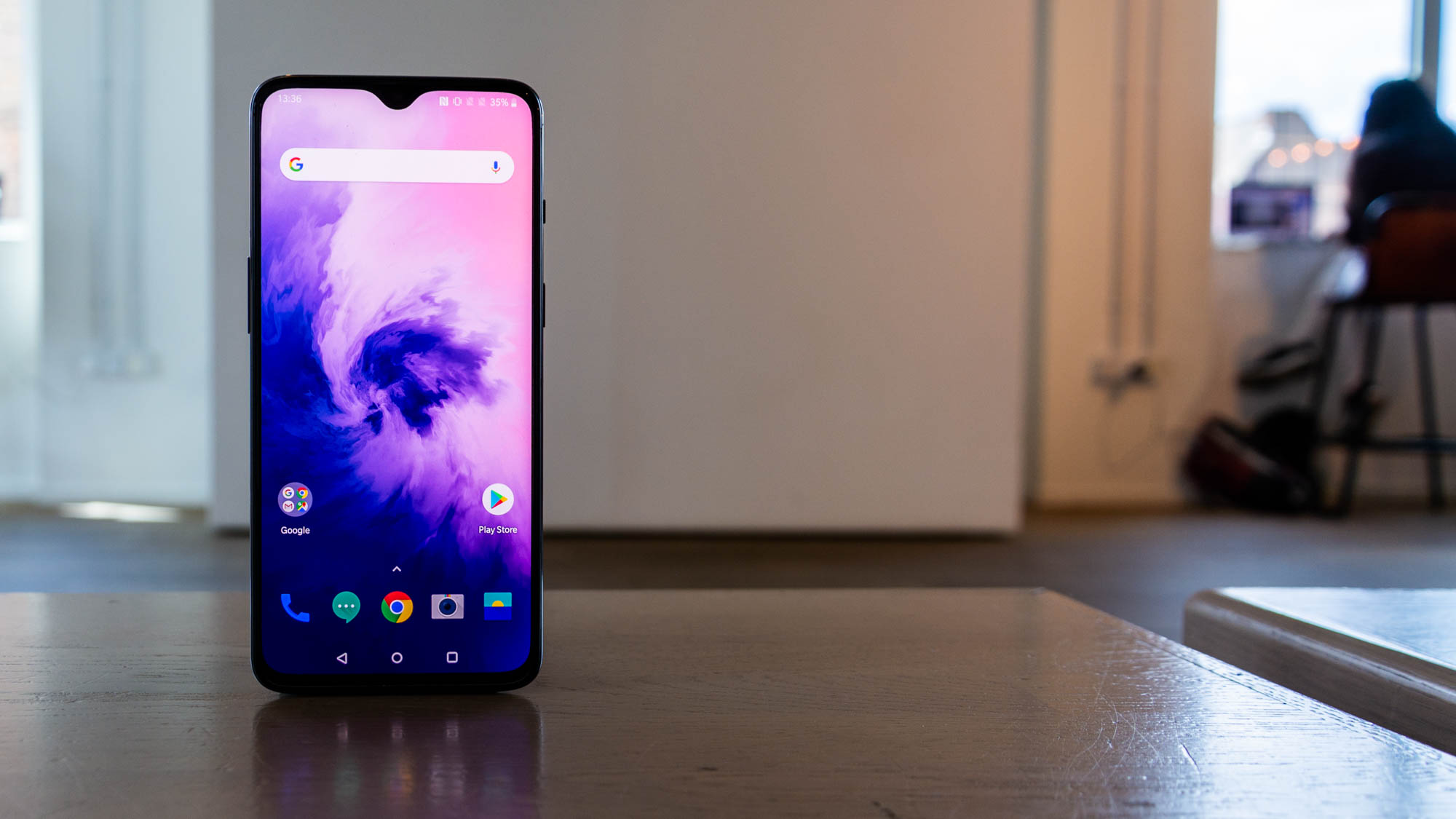
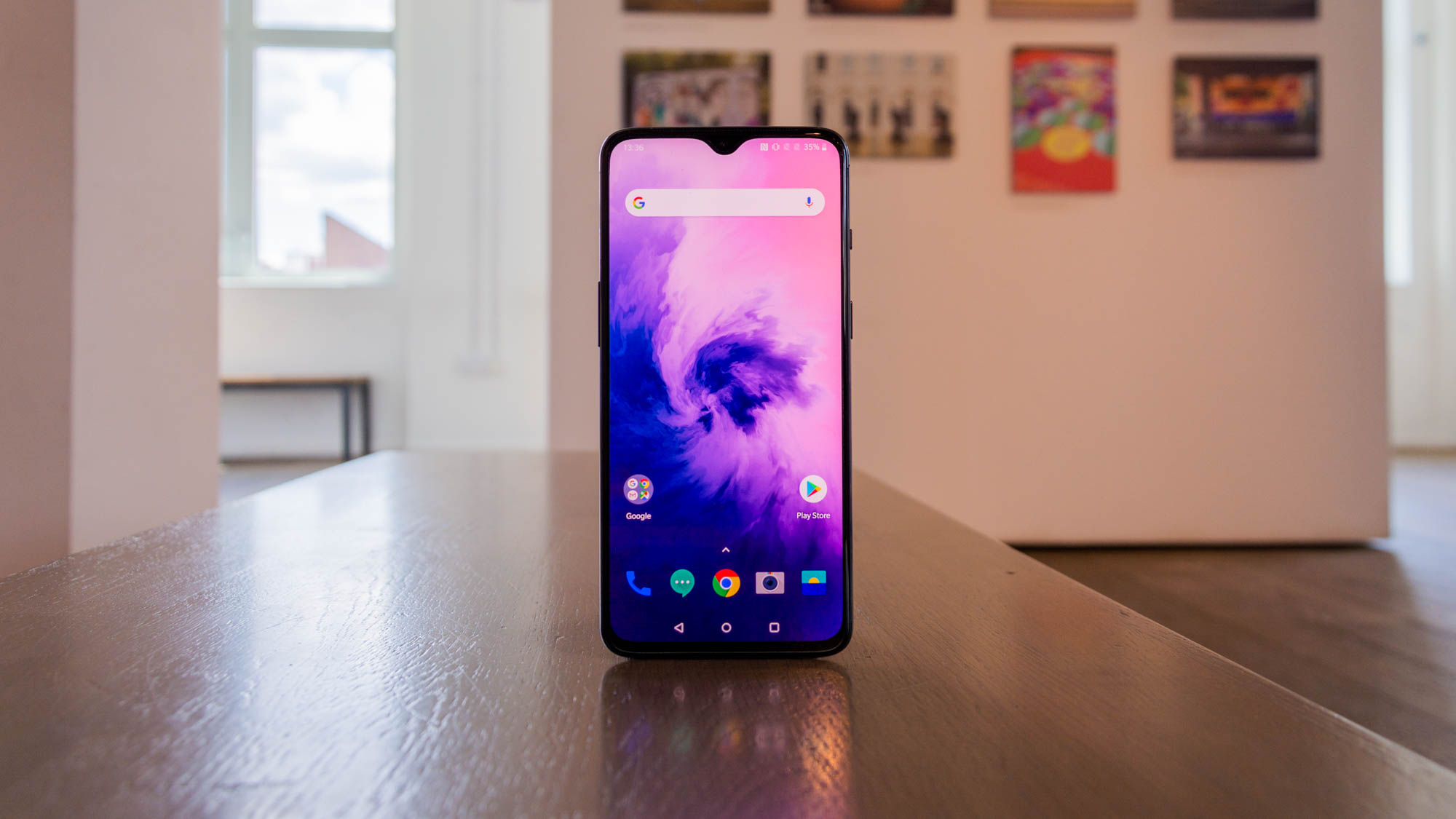
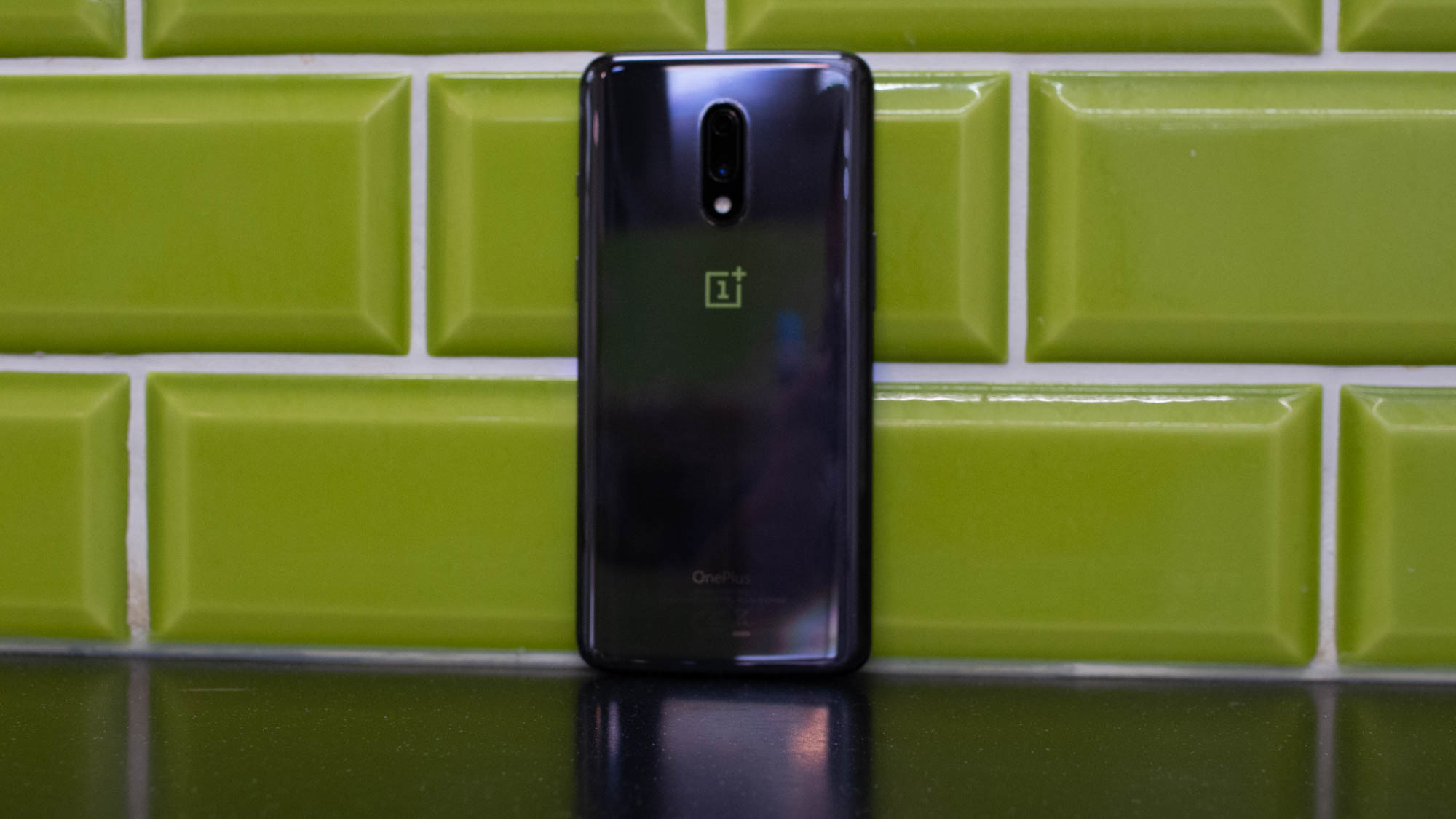
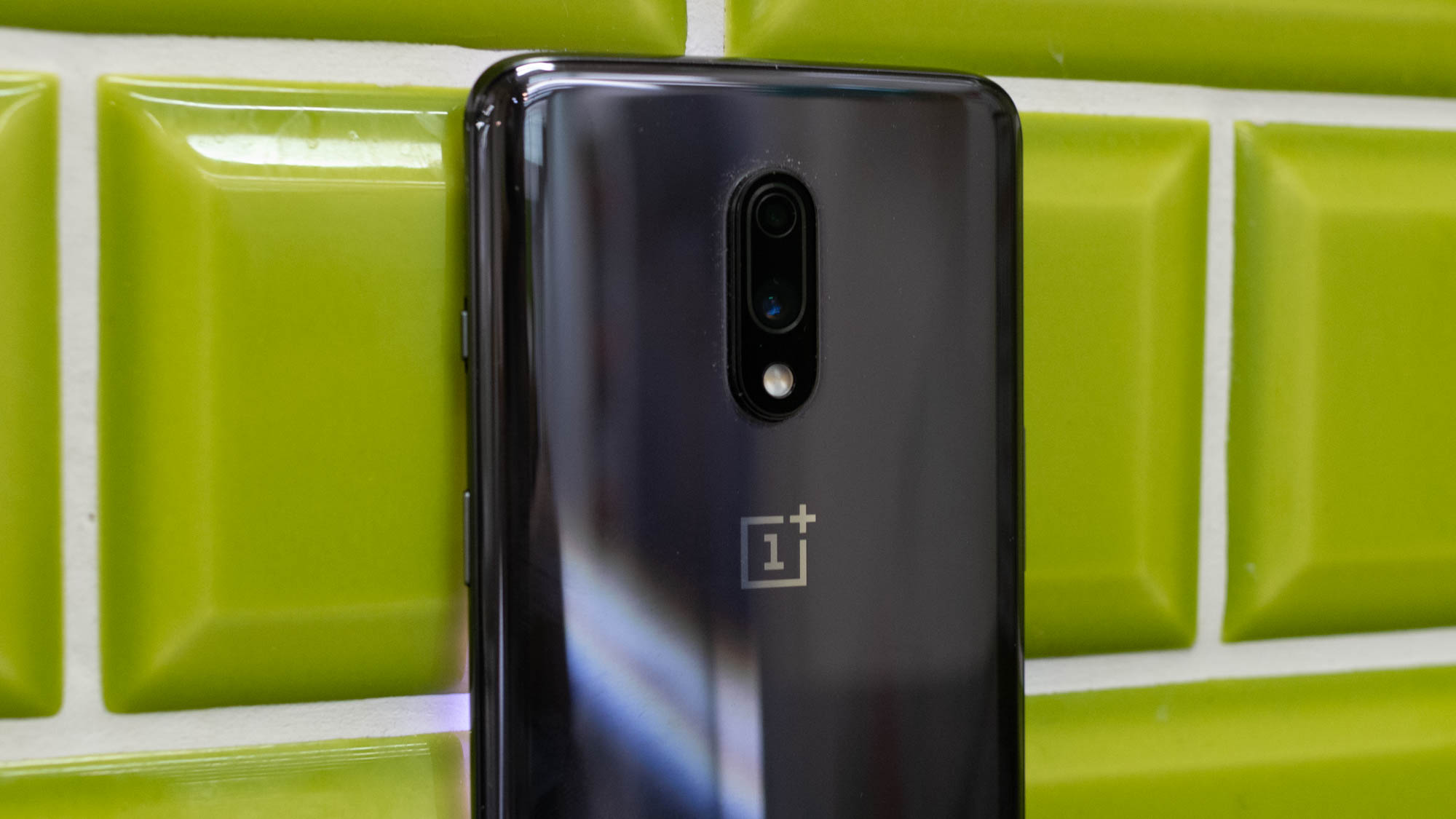
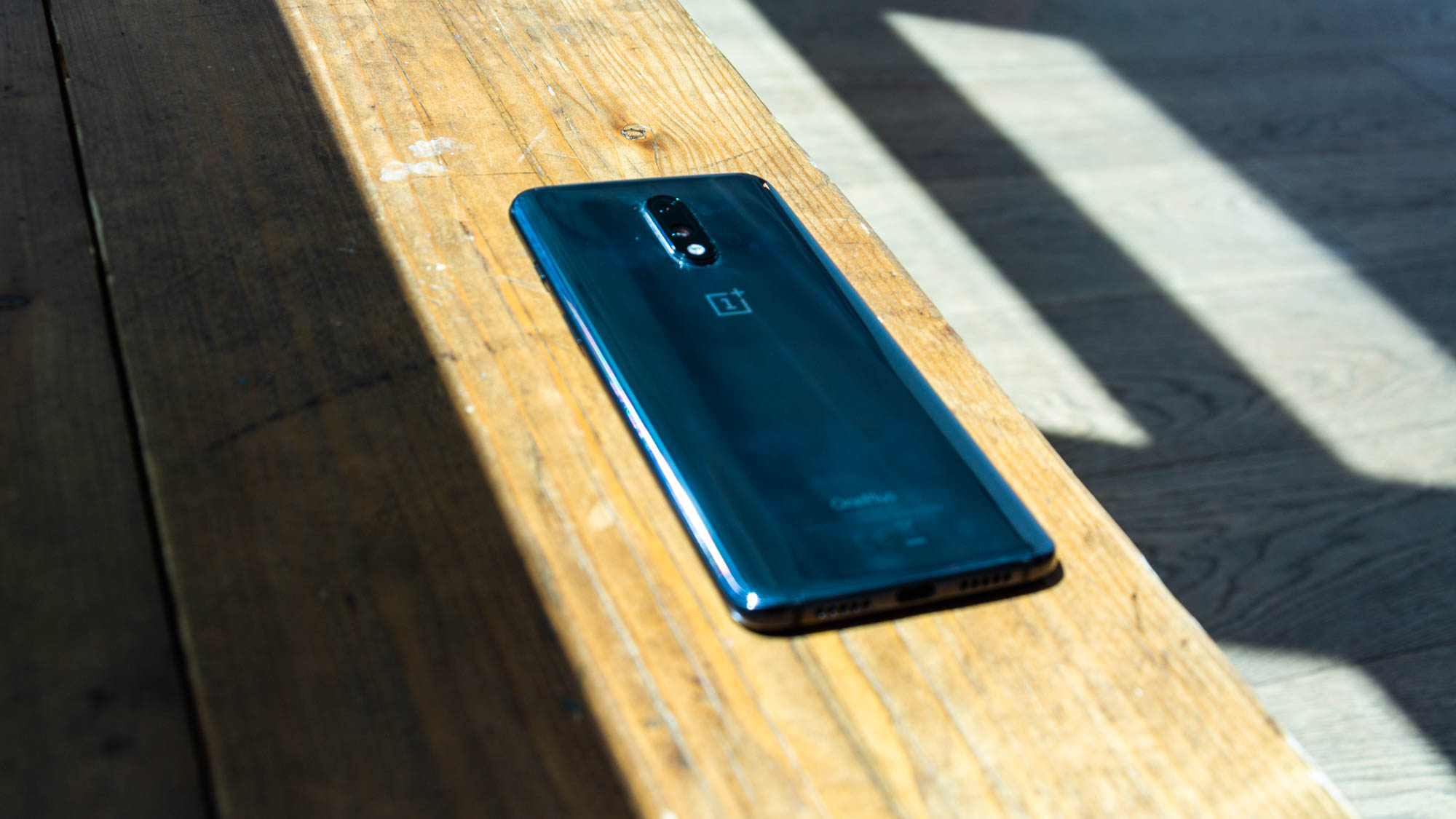
The OnePlus 7, much like the OnePlus 6 and 6T before it, is designed for those who don’t fancy coughing up for the Chinese company's latest top-end flagship.
That's not to say the handset is lacking in features when compared to its Pro-suffixed sibling. Though it's missing the fancy pop-up selfie camera and 90Hz display, the cheaper OnePlus 7 still offer a decent 6.4in AMOLED screen, Snapdragon 855 processor and under-display fingerprint scanner.
OnePlus has carved out a name for itself as a shrewd manufacturer, undercutting the likes of Apple and Samsung with top specs and cheaper prices, but is that still the case with the OnePlus 7?
OnePlus 7 review: Design
OnePlus doesn't tend to drastically change its design scheme every year. Aside from the odd major change, such as the OnePlus 5's capacitive home button or the 6T's in-display fingerprint reader, each phone tends to look broadly similar to the one before. More generally, just looking at the OnePlus 7's screen, it's hardly any different from all the other current smartphones, which is common among bezel-less edge-to-edge displays. There's little left for manufacturers to customise, save for the notch around the front-facing camera. Rival Chinese firm Oppo recently unveiled an under-screen camera and the OnePlus 7 Pro has a quirky periscope-style pop-up camera, but the smaller model has stuck with the teardrop notch seen on the previous generation.

The back cover is like a smooth pebble made of Corning Gorilla Glass 5 and feels oddly wide in the hand. This is despite it only being 74.8mm in width (the 6 was 75.4mm) but there is something about this standard sized model that feels larger somehow. At 157.7mm, it's almost as tall as Huawei's P30 Pro. The curved design also makes it look slimmer, but it's actually thicker on paper - 8.2mm compared to the 6 at 7.75mm. The 'Mirror Grey' finish also adds to the illusion, which might help people forget that, so far, that's the only colour it comes in - no beautiful 'Nebula Blue' as seen on the OnePlus 7 Pro.
OnePlus 7 review: Display
Although it's a tad larger, the OnePlus 7's AMOLED 6.41in display has a 1,080 x 2,340 resolution, which you'll notice is virtually the same specs as the 6 and 6T. While it doesn't sound too impressive, it actually highlights how good OnePlus screens have been. Images and video are crisp and bright, even in direct sunlight, and there aren't many flagships that can outdo it for quality - certainly not for the same price.
In our review of the Samsung Galaxy S10, we said its AMOLED screen was as good you could get on a smartphone, but the OnePlus 7 actually matches it for colour accuracy with a near-flawless 99% coverage of the sRGB colour gamut. The display is also highly customisable, with a number of different colour profiles to choose from for those who aren't satisfied with the display's default settings.

OnePlus 7 review: Specs and Performance
As with all recent OnePlus phones, there's a Qualcomm chip powering it. For the 7, as well as the Pro, it's the Snapdragon 855 - matched with 8GB of RAM on our review model. When it comes to processing, no smartphone in the last couple of years has had any issues with power - and the OnePlus 7 is no exception. For instance, our GeekBench 4 tests returned single-threaded scores of 3,531, with 1,1214 for multi-threaded tasks. Both these scores dwarf the 6T which hit 2,326 for single and 8,815 for multi, but, despite some minor improvements, you can't really say it does a whole lot more in day-to-day use.
It's a snappy device, for sure, but so was the 6T and you can't really notice the difference in that respect. Likewise, Samsung's Galaxy S10 had higher marks for single-core tasks at 4,462, but slightly less for multi-core at 10,299, but the 7 is almost 200 cheaper, while the 6T is nearly half the price of the S10. It's often said that smartphones have more power than the rockets that put man on the moon, but these current models are the equivalent of using Apollo 11 to nip to the shops.
OnePlus 7 review: Features
To go with all that juice, the phone has all the features which you would expect from a modern flagship - so there are no real surprises. The in-display fingerprint sensor is fast enough, perhaps not quite as good as the Galaxy S10 or the Huawei P30, but not far off. The facial recognition is up to scratch and is almost effortless to operate. They accompany a few other, more quirky gestures for quick access, such as double tapping to wake the device - saving you from clicking the lock button. Better still, drawing a circle on the same black screen opens up the camera. While we're all for innovations that reduce physical button use, there is a rather nice, old fashioned switch on the side for turning the device to silent, ring and vibrate modes - although it can snag on trouser pockets, so be careful when going into meetings.

Ports-wise, it feels pointless bringing up the lack of a 3.5mm headphone jack, but that's been a hard sell for consumers. With 5G on the way and all the room that's going to be needed in devices for extra antenna and things, we should really just let that one go. There's a USB 3.1 Type-C port on the 7 and it does both charging and audio - although you'll need to buy an adapter for that, as it's not included in the box. As an interesting aside, you can also use it to mirror your screen on an external monitor.
OnePlus 7 review: Battery life
Speaking of charge, there's a super 3,700mAh battery under the hood of this handset and in our looped video test, it held out for 21hrs 11mins. The 7's battery is a tad bigger than the 3,400mAh inside the S10 and offered up over three hours more battery life. Impressively, the Pro only managed 29 mins more and the P30 Pro only gave out 11mins more - in short, this is battery life you ought to pay more for.
OnePlus 7 review: Camera
When you get to the cameras, you'll not find too much to shout about with the 7. There's a new 48MP main camera with an aperture of f/1.7 that's coupled with a 5MP, f/2.4 depth sensor. Add to that a 16MP f/2.0 wide selfie cam and you have a fairly decent set of snappers, but these are very low-key when compared with other smartphones. Huawei and Google have little to worry about when it comes to rival cameras and that is certainly the case for the OnePlus 7.
The quality of images captured with the main camera is generally very good in automatic mode. Colour can be a touch oversaturated in some cases and there's a little noise around the edges in some close-up photos, but otherwise images have a high amount of detail, without the overzealous noise reduction and oversharpening that can be present in some devices.

Sadly, the same isn't true of the so-called 'Pro mode'. The OnePlus 7 technically features a 48MP sensor, but in order to capture images at this resolution (rather than the 12MPshots taken in automatic mode), you'll need to use the manual mode and specifically select the 48MP option. Unfortunately, the noise reduction algorithm that it uses is so extreme that it makes the resulting photos look like an impressionist painting. Photos come out with excessive smearing, and any fine detail is completely lost in a Monet-esque haze.
Video capabilities are good however, particularly when shooting at 60fps where footage looks silky smooth. The stabilisation features aren't quite as adept at smoothing out shaky videos as the iPhone Xs - especially when shooting using the zoom functionality - but that's a relatively minor gripe. The front-facing selfie camera is also pretty capable; aside from a little noise and some slightly washed-out skin tones, it's perfectly suitable for snapping a few casual selfies.
OnePlus 7 review: Verdict
With the OnePlus 7, you won't be getting the pop-up camera found on the OnePlus 7 Pro, nor the triple-camera set up or 90Hz screen. However, despite its modest price of £499 (exc VAT), the OnePlus 7 offers almost everything else you'd expect from a leading smartphone, from its punchy AMOLED screen to its flagship-matching internals.

Samsung's Galaxy range might be sparklier, but this is a match everywhere else. The iPhone is more iconic, but this isn't going to cost you over a grand. Huawei's P30 range may be more technically advanced, but this isn't likely to stop receiving Android patches from Google in the near future... we could go on.
With smartphone prices forever increasing, it's reassuring that a manufacturer is still offering this much quality so cheaply (cheap for mobile phones, at least). After all, both the OnePlus 6 and 6T received strong reviews so a price hike wouldn't be unexpected. But that wouldn't be very OnePlus, because it's the champion of 'cheap and cheerful'.
Verdict
All the important specs are here, quality display, snappy processor and long battery life, but as always, OnePlus is the champion of cheap and cheerful and its 7th-generation phone offers an unparalleled value for money.
| Processor | Octacore Qualcomm Snapdragon 855 |
| RAM | 8GB |
| Screen size | 6.41in |
| Screen resolution | 1,080 x 2,340 |
| Pixel density | 402 |
| Screen type | Optic AMOLED |
| Front camera | 16MP f/2.0 |
| Rear camera | 48MP f/1.7, 5MP f/2.4 |
| Flash | Dual-LED |
| Dust and water resistance | No |
| 3.5mm headphone jack | No |
| Wireless charging | No |
| USB connection type | USB Type-C 1.0 |
| Storage options | 256GB or 128GB |
| Memory card slot (supplied) | No |
| Wi-Fi | 802.11 |
| Bluetooth | 5.0 |
| NFC | Yes |
| Cellular data | Yes |
| Dual SIM | No |
| Dimensions (WDH) | 157.7 x 74.8 x 8.2mm |
| Weight | 182g |
| Operating system | Android |
| Battery size | 3,700mAh |
Get the ITPro daily newsletter
Sign up today and you will receive a free copy of our Future Focus 2025 report - the leading guidance on AI, cybersecurity and other IT challenges as per 700+ senior executives
Bobby Hellard is ITPro's Reviews Editor and has worked on CloudPro and ChannelPro since 2018. In his time at ITPro, Bobby has covered stories for all the major technology companies, such as Apple, Microsoft, Amazon and Facebook, and regularly attends industry-leading events such as AWS Re:Invent and Google Cloud Next.
Bobby mainly covers hardware reviews, but you will also recognize him as the face of many of our video reviews of laptops and smartphones.
-
 Nvidia braces for a $5.5 billion hit as tariffs reach the semiconductor industry
Nvidia braces for a $5.5 billion hit as tariffs reach the semiconductor industryNews The chipmaker says its H20 chips need a special license as its share price plummets
By Bobby Hellard Published
-
 Business leaders are having a crisis of confidence over data literacy
Business leaders are having a crisis of confidence over data literacyNews A Salesforce survey reveals business leaders don't trust their data, or their ability to make the most of it
By Emma Woollacott Published
-
 MITRE CVE program handed last minute reprieve amid funding lapse concerns
MITRE CVE program handed last minute reprieve amid funding lapse concernsNews The MITRE Corporation's Common Vulnerabilities and Exposures (CVEs) database has been handed a last minute reprieve amid concerns over funding.
By Rory Bathgate Last updated